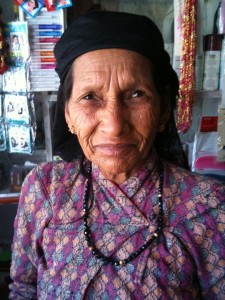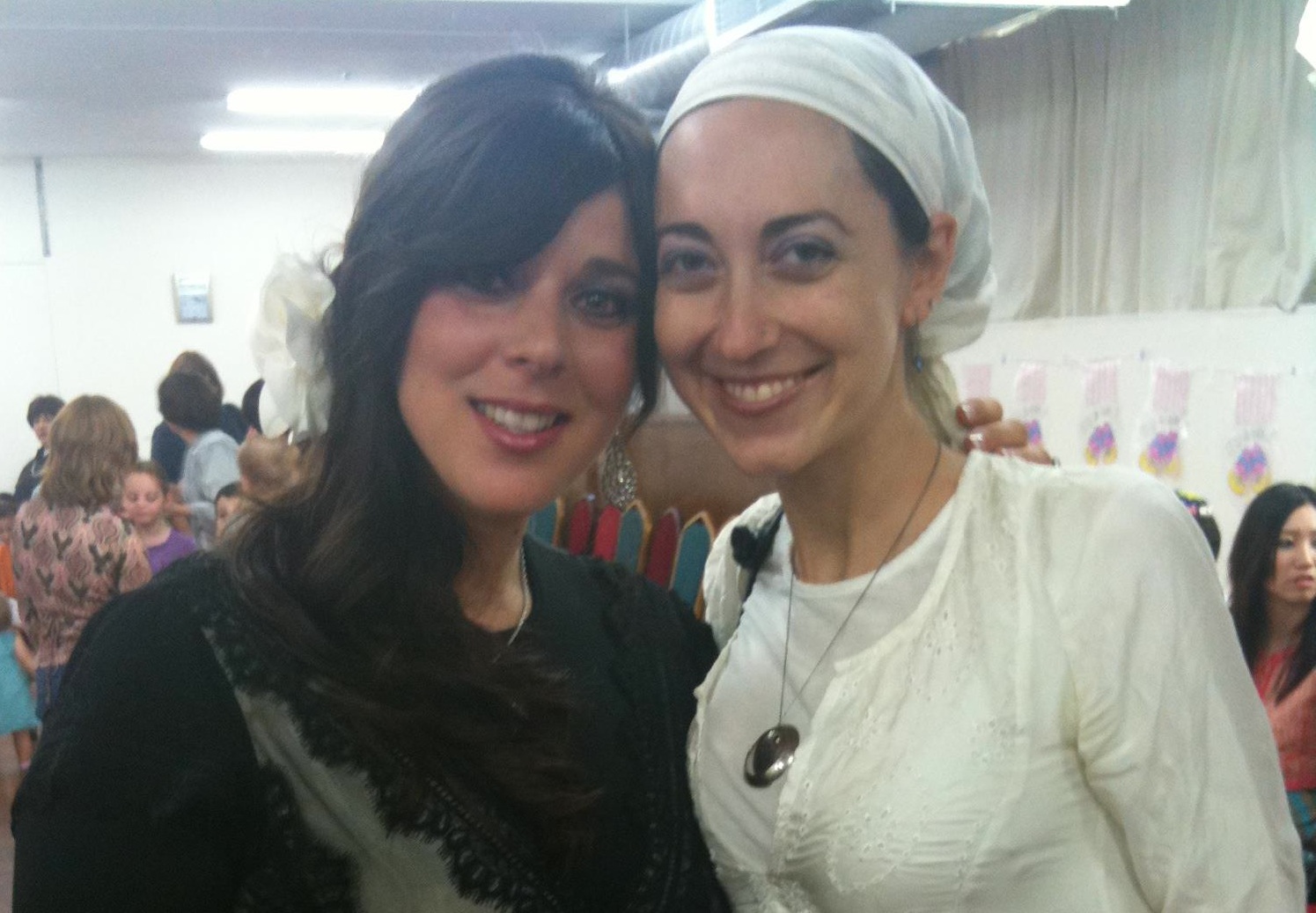City to Surf (City2Surf) in Sydney, Australia

Akiva and I at Bondi Beach, the finish line for the famous City to Surf (City2Surf) race, where the wind made the surf very strong indeed!
Today was the big City to Surf (City2Surf) race in Sydney, Australia. City to Surf (City2Surf) is an annual and quite famous race from downtown Sydney to Bondi Beach. It is the biggest road race in Australia and there are tens of thousands of participants every year. Racers fly in from all over the world to participate! If Rabbi Ben wasn’t busy traveling, I’m sure he would have done it! (I would have made him take Akiva, too!)
Adventuring Akiva and I just did Bondi Beach to Surf, which was about a 5 minute walk down to the beach. But it was fun to see the crowds and watch the racers cross the finish line, with all the cameras flashing. There was a lot of food cooking and music blaring. At the end of the City to Surf (City2Surf) race was a finish line with giant digital clocks on top showing how long it had taken the runners (and walkers) to arrive. The slowest took over 5 hours… I don’t know how long it took the fastest runners because Akiva didn’t wake up early enough to catch them (lucky me!). After the festivities were over and the runners had all arrived, the buses to Bondi Junction started and there were three very long lines for the buses snaking all the way back down the hill to the beach!
City to Surf (City2Surf) was an appropriate name for the event today because the wind was so strong that the ocean was raging… there was plenty of surf! They were probably the biggest waves I’ve seen since I arrived here. Akiva enjoyed looking around at the ocean and at all the people… until his nap time, when he fell asleep.
There were a lot of Jewish runners in the event this year, as there always are. On their way up Old South Head Road, they passed the JEMs (Jewish Education Matters) table. JEMs volunteers gave out 4000 cups of water, 2000 biscuits, and even helped 12 men put on tefillin! It is amazing to see how they turned the City to Surf (City2Surf) race into an opportunity to do mitzvot.

City to Surf (City2Surf) has thousands of participants. The roads around Bondi Beach were closed off. After the race, thousands of people lined up to get on buses back up to Bondi Junction. In the distance, you can see some of the lines of people waiting to get on a bus.
Another new addition to the City to Surf (City2Surf) race this year is a new kosher cafe – Glicks on Hall. For a long time, Glicks has been a stalwart of Jewish kashrut in Sydney. It is an established bakery that people know and trust. For a long time there was also a kosher shop called Starks, but a few months ago it closed. Glicks took over the space and turned it into a cafe. They serve hot soup, sandwiches, bagels, salads, pasta, and more, in addition to fresh breads, pastries, and coffees. The new Glicks location is on Hall Street, which leads up from Bondi Beach toward Old South Head Road. So when the Jewish participants in the City to Surf (City2Surf) race were finished, they could refresh themselves with a hot drink or some delicious food. In a smart business move, Glicks does not advertise itself as kosher with big glaring signs, but instead acts as a neighborhood cafe, drawing in all sorts of clientele. Today, many City to Surf (City2Surf) racers visited Glicks and discovered that it is true that Jews really do make the best bagels! In Glicks I saw everyone from the most frum (religiously observant) of Jews to black people to Indians and Asians. But I think it was especially nice that the Jews who ran in City to Surf (City2Surf) had somewhere kosher to go after the race, while other people were eating the non-kosher food down at the beach.
I think everyone, Jewish and non-Jewish alike, had a great time in the City to Surf (City2Surf) race today! I know that even though Akiva and I did not run the whole distance, we also had a fun time down at the finish line! And we even visited Glicks for a kosher hot chocolate after the race festivities were over. It was a great day for everyone!
Read More









